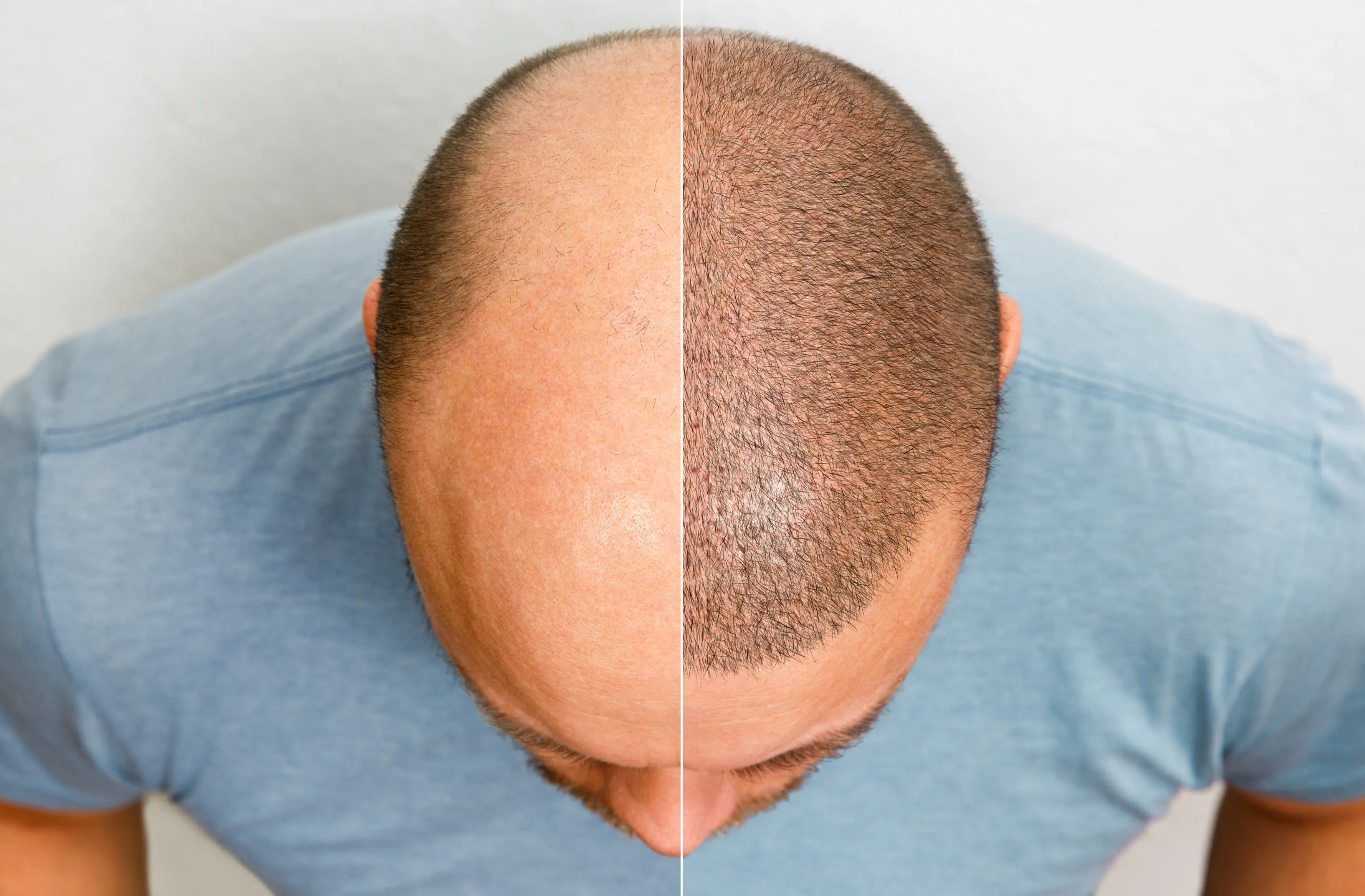Hair Transplantation: Restoring Your Natural Look
Hair transplantation is a medical procedure that restores hair in bald or thinning areas. It is a permanent solution for hair loss and has gained popularity due to its effectiveness. This blog covers everything you need to know about hair transplantation, including its types, benefits, procedure, recovery, and potential risks.
What is Hair Transplantation?
Hair transplantation is a surgical technique where hair follicles are moved from a donor area (usually the back of the head) to a bald or thinning area. The transplanted hair continues to grow naturally over time.
Types of Hair Transplantation
There are two primary methods of hair transplantation:
- A strip of skin with hair follicles is removed from the donor area.
- The strip is dissected into individual follicular units and transplanted.
- Leaves a linear scar but allows for more grafts in a single session.
1. Follicular Unit Transplantation (FUT)
- Individual hair follicles are extracted directly from the donor area.
- No large scars, only tiny dot-like scars that are barely visible.
- Less invasive, quicker healing time compared to FUT.
2. Follicular Unit Extraction (FUE)
Who is a Suitable Candidate?
Hair transplantation is suitable for individuals who:
- Have permanent hair loss due to genetics or medical conditions.
- Have sufficient donor hair for transplantation.
- Are in good health with realistic expectations.
The Hair Transplant Procedure
The process typically involves the following steps:
- Consultation – A specialist assesses your hair loss and determines the best method.
- Preparation – The donor area is trimmed and numbed with local anesthesia.
- Extraction – Hair follicles are harvested using FUT or FUE technique.
- Implantation – The follicles are carefully placed in the recipient area following a natural pattern.
- Recovery – The scalp is bandaged, and post-surgical care instructions are provided.
Recovery and Aftercare
- Mild swelling and redness may occur for a few days.
- Preparation – The donor area is trimmed and numbed with local anesthesia.
- Avoid strenuous activities and sun exposure for at least two weeks.
- New hair growth starts in 3-4 months, with full results in 12-18 months.
- Follow the doctor’s post-op care instructions for the best results.
Benefits of Hair Transplantation
- Permanent solution – Unlike temporary treatments, transplanted hair lasts a lifetime.
- Natural results – Hair grows naturally, blending seamlessly with existing hair.
- Boosts confidence – Enhances appearance and self-esteem.
- Low maintenance – No need for special shampoos or treatments after healing.
Risks and Side Effects
While generally safe, hair transplantation has some potential risks:
- Temporary swelling, redness, and itching.
- Minor infections if aftercare is not followed properly.
- Shock loss (temporary shedding of transplanted hair before regrowth begins).
- Scarring (more common with FUT than FUE).
A successful hair transplant depends on selecting the right technique and following proper post-procedure care. Patience and a healthy scalp routine play a vital role in achieving the best results. Always consult a qualified specialist for a personalized approach.

